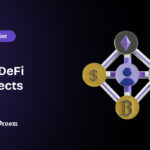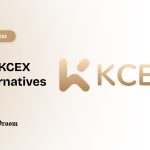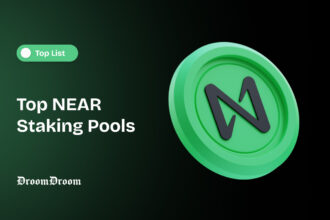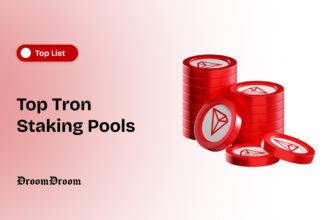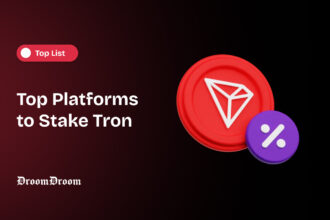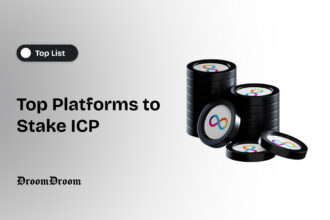Since the launch of Bitcoin and the advent of many altcoins, the cryptocurrency sector has experienced a whirlwind of growth, particularly in improving existing methods and systems of the entire space. Decentralized crypto exchanges are an innovation reshaping the crypto industry and holding the Satoshi goal of removing a central authority in the financial market.
Decentralized exchanges (DEXes) are peer-to-peer marketplaces where users and traders can buy and sell cryptocurrencies among themselves without relying on a central authority. These exchanges are non-custodian exchanges that give users complete autonomy over their transactions.
So far, we’ve compiled the top decentralized exchanges that have significantly impacted the cryptocurrency sector and how users interact with the ecosystem as a whole.
List of the Top 10 Decentralized Exchanges (DEXes)
There are hundreds of decentralized exchanges in the decentralized finance space at the moment, and defining the top DEXes is a combination of factors, including the trading volume, market share, and year of launch. Let’s go right into them.
dYdX
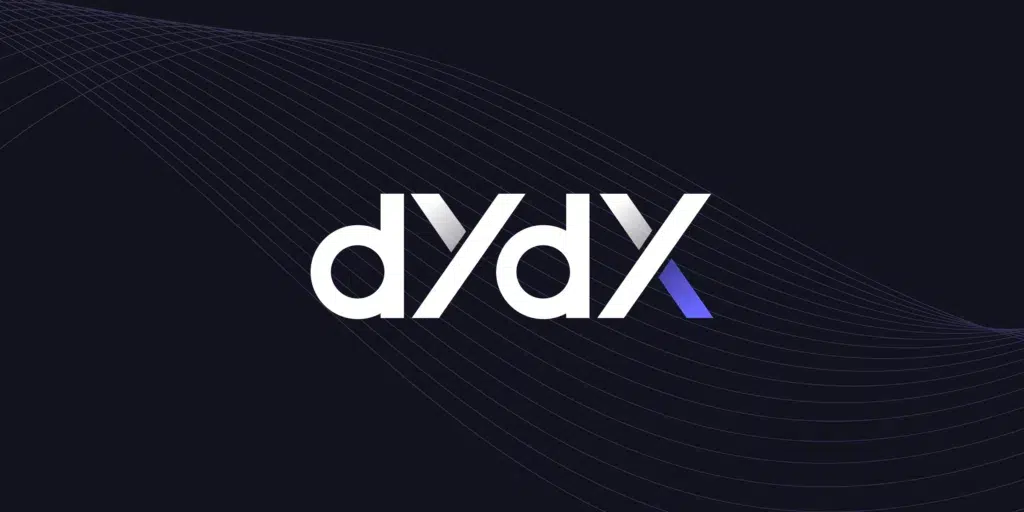
Launched in August 2017 by Antonio Juliana, a former Coinbase engineer, dYdX has grown to become one of the world’s leading DEXes. dYdX is a decentralized exchange focused on cryptocurrency perpetual trading. This process relies on smart contracts that determine the platform’s function.
One of the core factors behind dYdX’s growth has to be the advanced features that make it stand out from other centralized cryptocurrency exchanges like Binance and Coinbase. There’s no need to pay gas fees; operation fees are low; security and privacy are tight as it relies on StarkWare’s layer two solutions; access to leverage (up to 20X) across different markets; the super fast process; and excellent user interface.
At the time of writing, dYdX had a market share of over 25%, according to CoinMarketCap, and 25,000 traders across the globe trust the platform. There are currently thirty-seven (37) markets available, and some of these perpetual contracts found on dYdX include Ethereum (ETH), Bitcoin (BTC), Cardano (ADA), Bitcoin Cash (BCH), Dogecoin (DOGE), Polkadot (DOT), Litecoin (LTC), and Chainlink (LINK). dYdX has its native token, $DYDX, used for governance purposes such as voting proposals.
Pros and Cons
Pros
- Supports multiple wallets.
- Start trading for as low as $10.
- Low transaction fees and no gas cost.
- User-friendly with dedicated features to help beginner and professional traders.
Cons
- Doesn’t support fiat payment.
- Not enough margin payment is available.
Uniswap

This is another ruling peer-to-peer cryptocurrency marketplace. Uniswap is built on the Ethereum blockchain and relies on smart contracts for executing transactions on its platform.
Like many DEXes out there, Uniswap has a native token, UNI, that functions as a governance token to contribute to the platform’s growth and can be traded as a cryptocurrency.
There are several benefits attached to using a decentralized exchange like Uniswap, from the permissionless and open source design that allows users to contribute to the platform’s code, the meager transaction fee that’s charged, the absence of liquidity issues faced by centralized exchange counterparts, and the complete autonomy and lack of restriction for users.
As a Uniswap user, there are several ways to engage with the exchange beyond just governance: swapping crypto for another, supplying liquidity for rewards, and creating new markets for exchanging new cryptocurrency pair.
Some of the crypto assets you’ll find on the exchanges are Ether (ETH), Lido DAO token (LDO), DAI stablecoin (DAI), ApeCoin (APE), ChainLink Token (LINK), Matic token (MATIC), Frasx Share (FXS), Frax (FRAX), Maker (MKR), Arbitrum (ARB), etc. And according to CoinGecko, there are over nine hundred (900) coins, over one thousand eight hundred (1,800) pairs, and Uniswap V3 (version 3) holds a market share by volume of 33.3% at press time.
Pros And Cons
Pros
- No KYC or identification documents are required.
- Access to multiple ERC-20 tokens.
- Provision to earn through the available liquidity pools.
Cons
- Ether (ETH) is required to process the transaction.
- Only supports ERC-20 or Ethereum-based wallet.
- Gas fees can be on the high side.
Pancake Swap
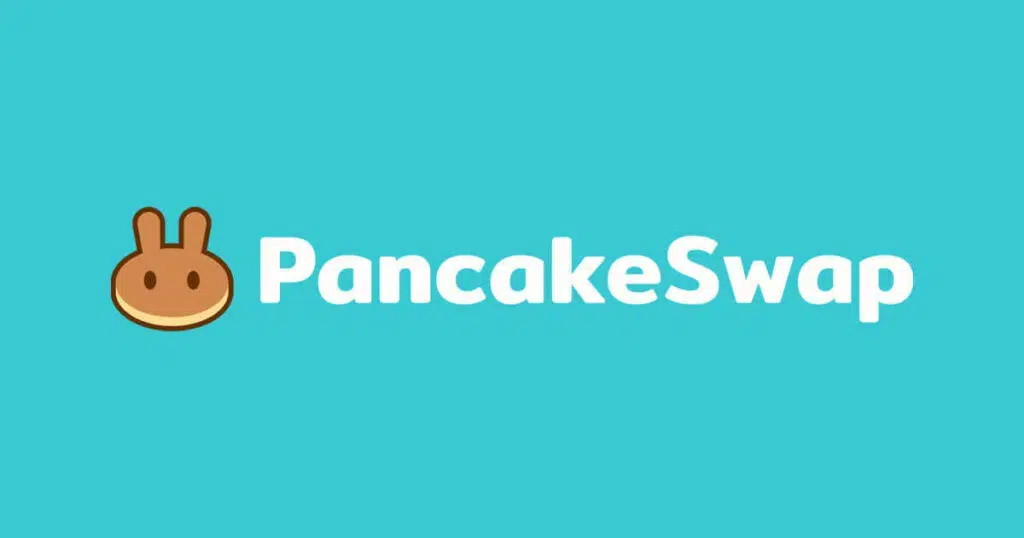
Unlike most decentralized exchanges (DEXes) built on the Ethereum blockchain, Pancake Swap is built on the Binance Smart Chain (BSC) blockchain and remains one of the leading DEX.
In this guide, you’ll learn what you need about decentralized exchanges (DEXes).
Since it relies on the BSC blockchain, the tokens found here are BEP-20 standard tokens. The platform has its native token, CAKE, that allows users to contribute to the governance process that moves the exchange forward.
A plethora of activities can be conducted at the Pancake Swap. You can stick with the platform to trade different BEP-20 tokens; you engage in yield farming by locking your token for rewards, and you can decide to take a different approach and stake your token for a fixed period with the hope of getting a reward. There are other ways to make more money via Pancake Swap: its daily lottery program and the platform’s special NFTs.
Some main benefits that have made the DEX popular and gained widespread adoption include the numerous earning options, the very cheap transaction fees, the completely decentralized nature, the intuitive design, and the support for multiple wallets.
According to the website, Pancake Swap is leading the space by far, with over 1.5 million users and 17 million trades on the exchange in the last 30 days. The platform also has a Total Value Locked (TVL) of 1.6 billion.
Pros and Cons
Pros
- Interactive user interface and experience.
- Allows users to earn rewards from crypto staking.
- No know-your-customer (KYC) is required.
- Transaction fees are cheap.
- Support NFT transactions.
Cons
- It only supports BRC-20 tokens, making it difficult for traders looking for a wide selection of crypto assets.
- There is no mobile application for easy accessibility and usage.
- Pancake Swap does not support fiat deposits.
This is a complete guide to Know-your-customer (KYC).
Curve Finance
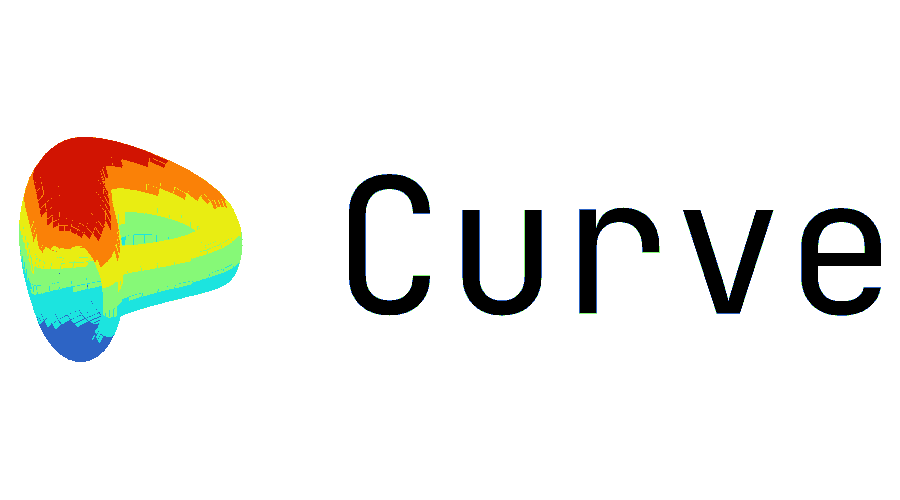
Curve Finance is one of the unique decentralized exchanges (DEXes)compared to others out there. Curve finance aims to bring efficiency into stablecoin trading onchain with meager fees involved in the process.
There are a plethora of stablecoin tokens for trade on the platform, including DAI, USDT, USDC, BUSD, TUSD, and sUSD. While the stablecoin part is popularized, Curve Finance also provides tokenized assets such as renBTC, sBTC, wETH, and WBTC, which are stable cryptocurrencies.
There’s the liquidity pool where interested users deposit money to earn a reward. Money in the pool is used to keep the exchange liquid, and rewards paid to users are from transactions generated on the platform.
Several benefits of using Curve Finance boil down to how it helps users remain profitable, unlike other DEXes, where they risk the possibility of an impermanent loss found on most other decentralized exchanges. They also benefit from the low fees and better prices on the exchanges.
The governance token CRV is an essential element of its platform’s DAO. At press time, Curve Finance has a total deposit of over $3.5 billion and a transaction volume of 14.48%, with support for over 11 blockchains, including Ethereum, Arbitrum, and Solana. The platform has a highly interactive website with support for multiple languages, which is great for adoption.
Pros and Cons
Pros
- Efficient and quick swapping of crypto.
- Provides multiple ways to earn for users.
- Eliminates the risk of impermanent loss.
Cons
- Beginner users might find Curve Finance difficult to use.
- No mobile application for users to access.
- High transaction fee due to instability on the Ethereum network.
Apex Pro
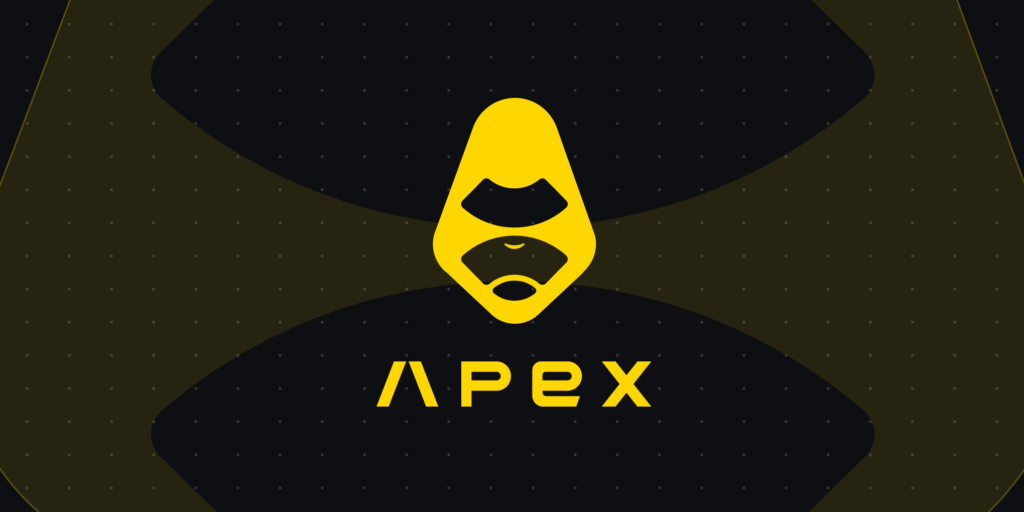
This is one of the new entrants into the world of decentralized finance. Apex Pro is a decentralized exchange launched on the Abitrum blockchain in early 2022. Since then, the platform has built a name for itself and sits among prominent DEXes.
It is a decentralized exchange focused on simplifying and adding more functionality to trading perpetual future contacts. Apex Pro has similarities with dYdX. Like dYdX, Apex Pro also relies on the layer two solutions of StarkWare for optimal security and privacy. However, dYdX supports multiple blockchains like Arbitrum, Ethereum, polygon, and Binance smart chain.
There are different features of the exchange to pique your interest: the low transaction fee while trading on the exchange (maker fee of 0.02 and taker fee of 0.05%), access to leverage of up to 20X, high performance, processing ten trades per second, and support for cross margin trading.
Unlike other decentralized exchanges, Apex Pro has two tokens, APEX and BANA tokens. The former is used for governance purposes and to incentives users, while BANA mainly serves as a means to incentives users. APEX has a total supply of 1 billion and a market cap of a little $7.8 million.
Pros and Cons
Pros
- Enhanced level of security and safety on the platform.
- It gives users complete control over their wallets and never requests personal data.
Cons
- Apex Pro only supports withdrawal only through USDC —a stablecoin.
- The available instruments for trading are finite.
Balancer
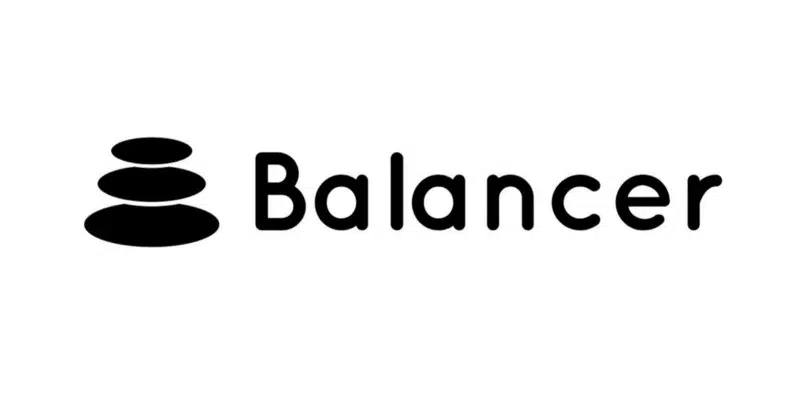
Balancer has maintained a strong stance as a leading decentralized exchange for users to buy and sell their cryptocurrency easily. Balancer is built on the Ethereum network and relies on the Balancer protocol.
One of the main benefits of Balancer is that it lets users create or add liquidity to a customizable pool that can be made of up to eight (8) tokens. Beyond swapping or adding and removing liquidity, Balancer is known for providing an avenue for users to earn a reward from a network fee that’s charged.
Balancer is multichain, supporting five chains: Ethereum, Polygon, Arbitrum, Gnosis, and Polygon ZkEVM. Its native token BAL used for governance, can be earned as a reward for being a liquidity provider or purchased on different exchanges, with 145,000 distributed to these liquidity provider weekly.
At the moment, Balancer has a total value locked of slightly above a billion— $1.066 billion. Some popular pool compositions on the platform are BAL & WETH, wstETH & WETH, rETH & WETH, R & DAI, and OHM & WETH.
Pros and Cons
Pros
- Supports automatic portfolio rebalancing to meet investors’ risk tolerance.
- Users get the chance to customize their pool to their choice.
- Access to a wide selection of ERC-20 tokens.
Cons
- Transaction fees on Balancer are usually on the high side.
- Beginner traders might need help navigating through the exchange.
- Limited to just ERC-20 tokens.
Sushi Swap

Sushi Swap is one of the earliest decentralized exchanges that give people access to several Ethereum-based tokens. This DEX has a unique story of starting as a copycat of Uniswap.
Sushi Swap has grown to be a leader in the DeFi sector, and it supports twenty-six (26) chains, including Ethereum, Arbitrum, Binance Smart Chain, Celo, Fantom, Fuse, Avalanche C-chain, KAVA EVM, and BitTorrent Chain.
SushiSwap currently lets users trade over 400 hundred tokens, with a total market cap of $132.49 million and a total value locked of $447.25 million.
The platform lets you earn passively on your coins in three ways, by providing liquidity, yield farming, and through the Sushi Vault. The platform has an interactive design and invests in users’ education which is a good sign.
Pros and Cons
Pros
- An intuitive design that makes it easy for users to use the platform.
- There’s the opportunity for users to earn a reward through Sushi Swap.
Cons
- Transaction fees in Sushi Swap can be high sometimes as it relies on Ethereum.
- The potential risk of impermanent loss.
Trader Joe

While most decentralized exchanges are built on Ethereum, Trader Joe is built on Avalanche to facilitate buying and selling cryptocurrency, among other activities.
As expected from most DEX, you can earn passively on Trader Joe through trading fees by depositing into any available liquidity pool on its platform and through yield farming. One outstanding feature of Trader Joe is its decentralized NFT marketplace. The native token of the platform is known as JOE.
Here’s a tweet from Trader Joe that describes earning potential on the platform:
Among other DEXes, Trader Joe has the most appealing and interactive website. Also, the platform currently supports two other chains: Arbitrum and BNB Chain. Each transaction is charged a flat fee of 0.3% which 0.25% goes to the liquidity provider and 0.05% goes to the Joe token farm.
Trader Joe has a market capitalization of $129.02 million and a total staked token worth $19.77 million. Some common pairs you’ll find on the platform include AVAX-USDC, ETH-USDC.e, and BNB-USDT.
Pros and Cons
Pros
- Trader Joe has one of the most interactive design interfaces among the decentralized exchanges.
- Supports a decentralized NFT marketplace.
- Gives users complete control over their crypto assets.
Cons
- Although it has an intuitive platform, beginners might need help navigating the platform.
- It’s a relatively new decentralized exchange and might take a while to build authority and trust.
QuickSwap
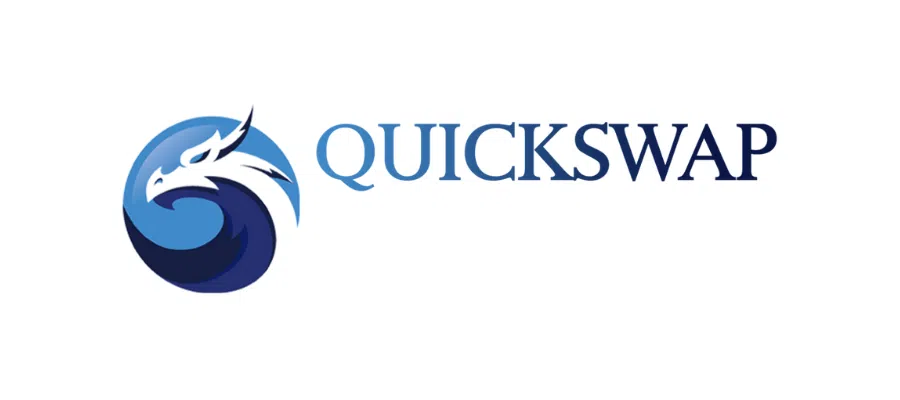
This is a layer two decentralized exchange and a spin-off of Uniswap. The goal behind building QuickSwap is to offer users a more efficient way for onchain transactions to happen by making them cheaper and faster.
The main features of QuickSwap are liquidity pools that allow users to earn, the single staking option known as Dragon Lair, and the most common, token swap.
At the moment, Quickswap supports three blockchains, Polygon, Polygon zkEVM, and Dogechain. The governance token $QUICK lets users vote on proposals for what to be implemented on the platform.
Quickswap has over 46,000 trading pairs on its platform. The platform has reached a Total Value Locked (TVL) of 139.17 million and a market capitalization of 38.54 million.
Pros and Cons
Pros
- Quick Swap transactions are fast since it relies on the polygon chain.
- Quick Swap offers users a wide range of trading pair of more than 46,000.
- Transactions on Quick Swap are very meager.
Cons
- The platform’s security is questioned since it relies on Polygon, which isn’t typical among DEXes.
Conclusion
The above mentioned Top 10 Decentralized Exchanges came as an alternative to centralized exchanges; while the race to achieve that is still a mile away, knowing the top DEXes to trade with can save you a lot of trouble. These are the top DEXes in the crypto world; however, consider doing your research before deciding to use any of them.




